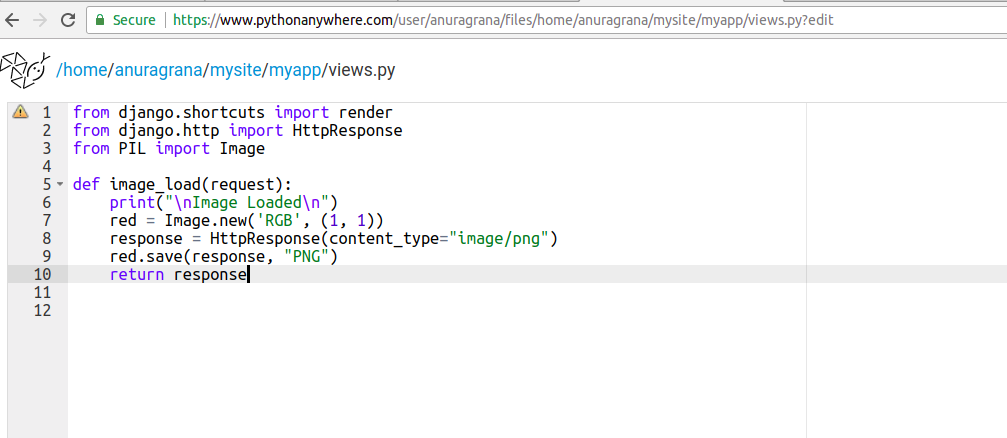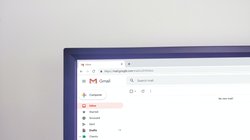In this article we will see how to track the Email opens for the emails sent from your Django App.
This will help us in accumulating the information such as:
- who opened the email
- when was email opened
- what is the open rate, i.e. how many user opened the email
- what is the time when most of the users check their emails.
Sending Email:
We have covered this part in detail in below articles.You may use any of these methods to send an email.
- Sending bulk emails using mailgun api
- Sending email using office 365
- Sending email using Gmail
Create the HTML body for email:
# using template to generate the email content
template = get_template("testapp/email.html")
context_data = dict()
# pass the variable image_url to template
# image_load is the URL name. see below
context_data["image_url"] = equest.build_absolute_uri(reverse("image_load"))
html_text = template.render(context_data)
plain_text = strip_tags(html_text)
In the email template email.html , at the end of the content, insert the below code.
<img src="{{image_url}}" height="0px" width="0px"/>
This is an image of 0 by 0 pixels, which will not be visible in email but will hit the URL image_load on our server when email is loaded.
Image src URL :
This is the URL which will be used as source of the image in email and will receive the hit whenever email will be opened.
Create a url in urls.py file of your app.
url(r'^image_load/$', views.image_load, name='image_load'),
Create a view image_load in views.py file.
from django.http import HttpResponse
from PIL import Image
def image_load(request):
print("\nImage Loaded\n")
red = Image.new('RGB', (1, 1))
response = HttpResponse(content_type="image/png")
red.save(response, "PNG")
return response
This view is creating and returning an image as response to url image_load.
Testing:
Now send the email and open it. As soon as you open the email, you will receive a hit on theimage_load url.
This will NOT work on localhost. So I created a test app for free on pythonanywhere server (it took me just 5 minutes) and used the URL from there.

When I opened the test email, I could see the output printed in server logs.

When sending emails to multiple users, append the encrypted userId or emailId to the image source URL so that you can track who opened the email.
Try this and let us know your views.



